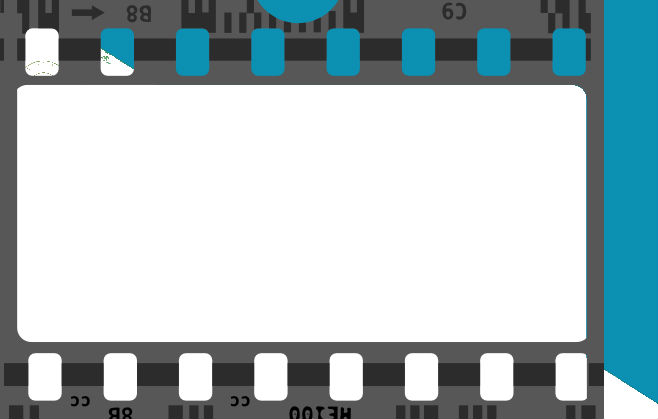
The “Selfie” marketing trend is here to stay
This week, it was revealed that Cancer Research UK’s “No make up” selfie campaign raised a staggering 8 million pounds in just 6 days. The stunt conveys the sheer power of this popular trend, and how successful crowdsourcing can be. With this in mind, we at The Practice were interested to look at how the “selfie” has been used in previous successful marketing campaigns.
The hype around the campaign saw millions of women posting their bare-faced selfies throughout social media sites, and nominating their friends to join in on the action. Although the campaign was not instigated by Cancer Research UK itself, it went viral after growing organically across Facebook, Twitter and Instagram. With support too from the likes of Beyonce, Rihanna, Cheryl Cole and Cara Delevingne, the money raised through donations has allowed the company to fund 10 new clinical trials.
The campaign reminded us of several beauty stunts, including Lancome’s “Project #bareselfie” to promote its latest DreamTone cream, and Dove’s #BeautyIs “Selfie” short film. The team particularly liked the latter, as its purpose is to help women redefine the notion of beauty, making the classic selfie less of a narcissistic action and more about inspiring confidence and female solidarity. Dove challenged a group of women to take “honest selfies”, with no edits or filters, which they later displayed at a photo exhibit. Visitors to the gallery were asked to attach positive sticky notes to the images, with the hope of boosting self-confidence, showing the subjects that they were beautiful without make up. We were surprised by the number of reactionary comments towards Cancer Research UK’s “No make up” campaign, condemning it as exploitative, because when we compare it to Dove’s for instance, it’s clear that the marketing message behind it is nothing but positive- we can’t help but feel that it has inspired so much camaraderie amongst women worldwide.
Still, it’s difficult for selfie cynics to accept that the trend can be more than a nod to vanity or self-obsession. Marketers have been clear to recognize this, drawing on the theme to promote their cause. For example, we admired Manila-based agency BBDO Guerrero and its “UNselfie” campaign to raise money for UNICEF after Typhoon Haiyan. The stunt saw participants pledge for donations by taking “faceless” selfies- their faces were obscured by the charity’s details, in an attempt to prove that the selfie can be less about selfishness, and more about selflessness.
So which other selfie campaigns have we enjoyed recently? One of our favourite twists on the selfie was created by Purina at the Westminster Dog Show. In 2013, the dog food brand teamed up with Twitter Mirror to set up an iPad backstage, showcasing cute selfies of the adorable pups. Now who wouldn’t want to see that?! In fact, the dog or animal selfie trend has rapidly become one of our favourites, and we’ve seen several recently as marketers tap into what we love to see the most. Proving we just can’t get enough, Brazilian pet salon, Pet Beauty, launched its latest campaign featuring dogs in selfie poses, certainly creating the “aww” factor. And it’s a trend we certainly think will escalate throughout this year, as advertisers start to revolutionise and play on the way we view the selfie.
Do you think the selfie campaign is an effective marketing trend for raising awareness? And do you think brands like to use this as a money-saving tactic? We’d love to hear your views as always, so please tweet to us @PracticeDigital and share your thoughts on our Facebook page too.




